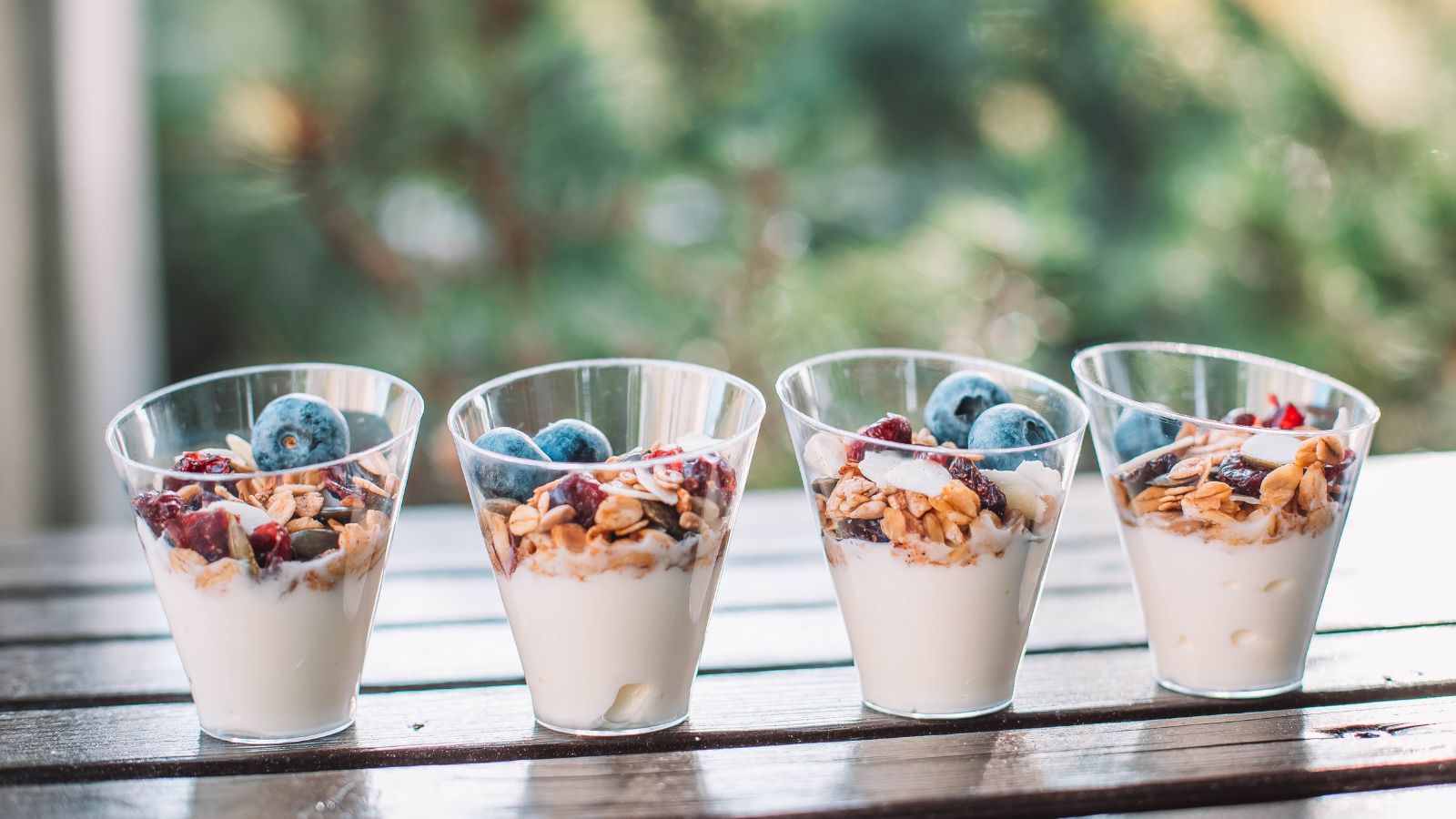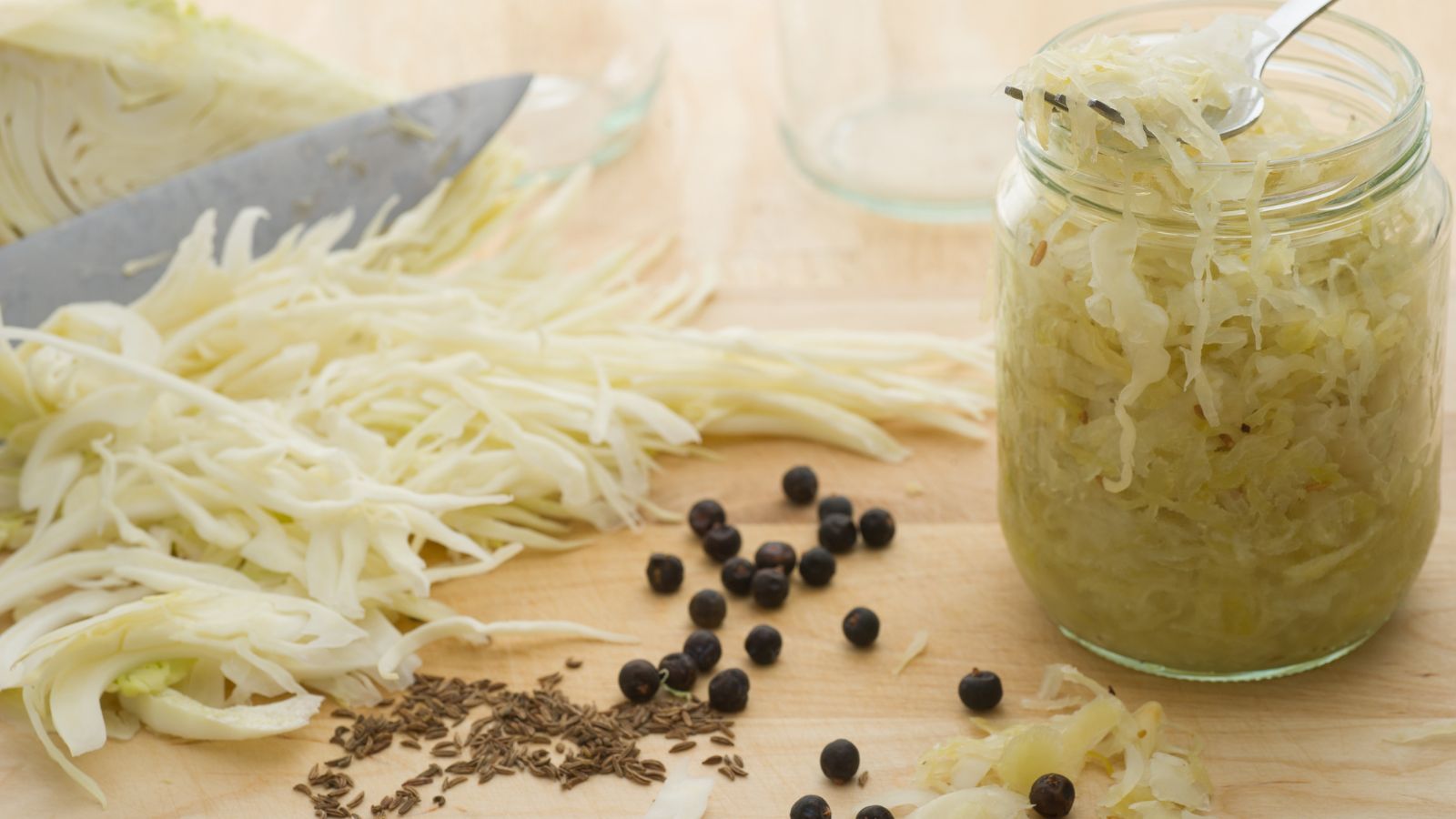Good gut health with Siemens home appliances

After learning the importance of a good gut health in our previous blog, let’s take a look at how Siemens Home Appliances help you make delicious pro-biotic food at home with their innovative technology.
Discover the healthy delights of homemade yogurt
Homemade yogurt is a nutritious and healthful option. It contains live probiotics, which aid in promoting a healthy gut flora and can improve digestion.
Making yoghurt at home allows you to control the ingredients, ensuring no added sugars or artificial additives, making it a wholesome choice.
Plus, it is rich in essential nutrients like calcium, protein, and vitamin D, supporting bone health and overall well-being. Homemade yogurt is a versatile ingredient, making it easy include into a balanced diet. Perfect for breakfast or adding to your favourite curry.

Making yoghurt with the Siemens iQ700 Built-in oven with added steam and microwave function
The proving setting on the Siemens oven also makes a delicious yoghurt as well as tasty breads. First, remove accessories and shelf supports from the cooking compartment. The cooking compartment must be empty. Do not open the appliance door while the appliance is in operation.
- 1
Heat 1 litre of milk (3.5% fat) to 90 °C on your Siemens hob and then leave it to cool down to 40°C. It is sufficient to heat UHT milk to 40 °C.
- 2
Stir in 150 g (chilled) yoghurt.
- 3
Pour into cups or small jars and cover with cling film.
- 4
Place the cups or jars onto the cooking compartment floor and use the Proving Dough setting for 5-6 hours at 35-40°C
- 5
After making the yoghurt, leave it to cool in your Siemens refrigerator for at least 12 hours.

Fermented vegetables: a delicious and nutrient-packed path to gut health
Fermenting vegetables is a natural preservation process that enhances their nutritional value, enriching them with beneficial probiotics that promote gut health and boost immunity.
Homemade fermented vegetables are a cost-effective and easy way to increase your daily intake of vitamins, minerals, and enzymes, contributing to improved digestion and nutrient absorption.
The fermentation process breaks down complex compounds in vegetables, making their nutrients more bioavailable and supporting a diverse and balanced gut microbiome.
With an array of flavours and textures to explore, fermenting vegetables adds a delightful and tangy twist to your meals, making them an enjoyable addition to any diet.
You can use the steam function on your Siemens iQ700 Built-in oven with added steam and microwave function to completely sterilise your Kilner jars and glass bottles for other tasty options like kefir, low sugar jams and chutneys at the touch of a button.
Here’s our trusted sauerkraut recipe (thanks to BBC GoodFood!)
Superb sauerkraut
Ingredients
- 2kg very firm, pale green or white cabbage (any leathery outer leaves removed), cored
- 3 tbsp coarse crystal sea salt (or 6 tbsp flaky sea salt)
- 1 tsp caraway seeds
- 1 tsp peppercorns
- 1
Thoroughly wash a large tub or bowl (we used on the size of a small washing-up bowl), then rinse with boiling water from the kettle. Make sure that your hands, and everything else coming into contact with the cabbage, are very clean. It’s wise to use a container that will comfortably fit the softened cabbage, allowing several inches of room at the top to avoid overflow.
- 2
Shred the cabbage thinly – a food processor makes light work of this. Layer the cabbage and the salt in the tub or bowl. Massage the salt into the cabbage for 5 mins, wait 5 mins, then repeat. You should end up with a much-reduced volume of cabbage sitting in its own brine. Mix in the caraway seeds and the peppercorns.
- 3
Cover the surface of the cabbage entirely with a sheet of cling film, then press out all the air bubbles from below. Weigh the cabbage down using a couple of heavy plates, or other weights that fit your bowl, and cover as much of the cabbage as possible. The level of the brine will rise to cover the cabbage a little. Cover the tub and leave in a dark place, like your pantry or bespoke kitchen larder, at a cool room temperature (about 18-20C) for at least five days. It will be ready to eat after five days, but for maximum flavour leave the cabbage to ferment for anywhere between 2-6 weeks (or until the bubbling subsides).
- 4
Check the cabbage every day or so, releasing any gases that have built up as it ferments, giving it a stir to release the bubbles. If any scum forms, remove it, rinse the weights in boiling water and replace the cling film. You should see bubbles appearing within the cabbage, and possibly some foam on the top of the brine. It’s important to keep it at an even, cool room temperature – too cool and the ferment will take longer than you’d like, too warm and the sauerkraut may become mouldy or ferment too quickly, leading to a less than perfect result.
- 5
The cabbage will become increasingly sour the longer it’s fermented, so taste it now and again. When you like the flavour, transfer it to smaller sterilised jars. Will keep in the fridge for up to six months.
German design and technology at your fingertips
As a Siemens 5 Star iQ Design Studio, we are the trusted choice when it comes to upgrading your home appliances to the latest technology. All Siemens products come with a reassuring 5 year warranty. We’ve got a live working kitchen at our kitchen showroom in Thatcham, so we can show selected Siemens Home Connect appliances in action. Simply book an appointment or come to one of our cooking events.
Thatcham Kitchens has over 36 years’ experience in designing and installing luxury kitchens in Berkshire and surrounding areas. To book your showroom appointment or to learn about the latest Siemens offers, email info@thatchamkitchendesigns.co.uk or call 01635 863853
